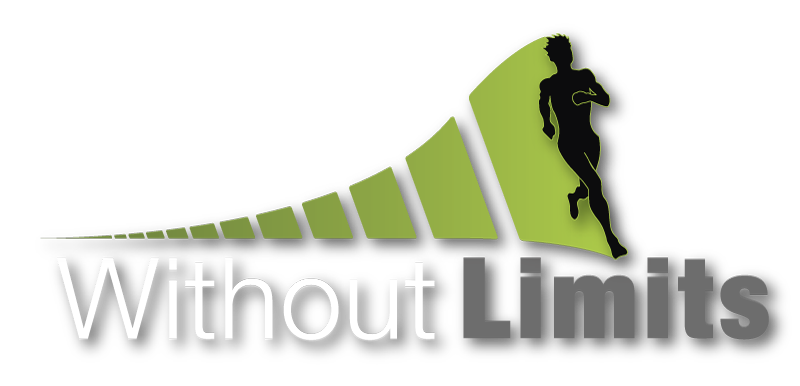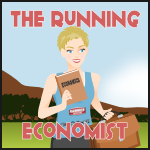Given this is my first time teaching a course outside of the Economics Program I am a bit anxious, but I thought that I would create a series of blog posts about its progress for my pedagogy pals and for my future reference.
This post will focus on the content and purpose of the course with some specific comments about the first week (last week.)
The INQ 260 courses focus on a question and teach social science methodology from the perspective of the faculty member. I proposed my course (and it was accepted) as one that investigates how economists study crises. These crises include poverty, war, natural disaster and may vary from semester to semester depending on current events. Each semester, I pick a country and a data set to focus daily lectures and lessons and from which students will frame their semester research project.
This semester I am using Nepal with a focus on the devastation created by the April 25, 2015 earthquake. Nepal is ripe with other crises for students to study as well, including poverty, violence against women, and child health issues.
The US Agency for International Development (USAID) began the Demographic and Health Surveys (DHS) program in 1984 which conducts surveys in developing countries that focus on women and children's issues like fertility, family planning, and health. Currently there are five DHS data sets available for Nepal, including the 2015-2016 survey which was completed after the earthquake. The DHS data sets are commonly used in the development and health economics literature, and the data sets pertaining to Nepal will be the primary data resources for my course. As a complement to the DHS data, the program offers STATcompiler which is how my students, with no required statistics background, will create visual analytics for their research project.
This semester, we will cover the steps of the research process including:
1) Creating a research question and hypothesis
2) Conducting a literature review
3) Using and analyzing data to address the research question
4) Interpreting the results
5) Using the results to frame policy
The end result is an original research paper for each student based upon the question they devise in the first few weeks.
Want to know more about the course details? You can see my syllabus here and lecture slides from Lecture 1 and Lecture 2.
So far students have selected broad research topics which we will narrow this week. Students began selecting their broad topic after Lectures 1 and 2 (provided above) and with the help of the summary of key findings from the 2015 DHS-Nepal. I am pleased with the range of issues students have selected:
A few additional notes on the first week:
1) Of the 25 students, 22 are women! Given I teach economics, this ratio is usually the reverse.
2) The students come from many different majors, although a few are economics majors and are using the course as an elective in our major.
3) Encouragingly, I had 100% attendance both days of class last week.
4) Following #3, everyone did their reading and were ready for discussion (yes, only one week in, but still, YAY!)
5) Again per #3, students selected broad topics for the semester project on Thursday and each student worked diligently to make their choice.
Each week or so I will provide updates for those interested in pedagogy. The updates will also help me formulate a pedagogy manuscript after the semester is over. I would love to hear your feedback.
Thanks,



































